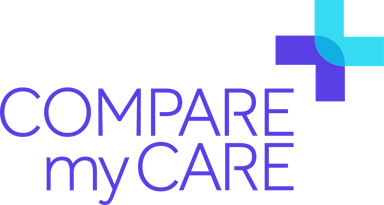Healthcare News
What is keyhole bunion surgery and what results can it achieve?
Mr Kumar Kunasingam | June 19, 2023 | Article
Book a consultation with Mr Kumar Kunasingam:
Mr Kumar Kunasingam, leading minimally invasive bunion and sports injury surgeon explains the differences between keyhole and open surgery and their recovery rates.
Keyhole or minimally invasive bunion surgery, also known as percutaneous or MIS (Minimally Invasive Surgery) bunion surgery, is a technique a growing majority of surgeons are using to correct bunions with smaller incisions and less tissue disruption compared to conventional open surgery.
Here Mr Kunasingam explains keyhole bunion surgery and open bunion surgery, including the tools and technologies used, as well as the extraordinary results that can be achieved today, in the right hands.
Bunion procedures, incisions, tools and technology
Open bunion surgery
In open surgery (bunionectomy), a single larger incision is made on the side or top of the foot - typically 4 to 6 cm long. The surgeon then accesses the bunion, removes excess bone, realigns the joint, and may use screws, plates, or wires to stabilise the corrected position.
Traditional surgical instruments, such as scalpels, retractors, and bone cutting tools, are used in open surgery. X-rays or fluoroscopy may assist in visualising the bunion and guiding the procedure.
Keyhole bunion surgery
In keyhole surgery, several small incisions (usually 2-4mm each) are made around the area of the bunion. Specialised instruments, including small saws and drills, are used to perform the necessary bone removal and realignment. The surgeon may also insert small screws or wires to stabilise the joint. These instruments allow the surgeon to work through very small incisions while minimising soft tissue trauma. Fluoroscopy or specialised imaging devices may aid in visualising the bunion during the procedure.
Minimally invasive surgeons use a camera and a monitor to see inside the foot and perform the procedure without opening up the joint fully. This approach can be performed under local anesthesia and does not require an overnight hospital stay.
Types of minimally invasive bunion surgery
As with open surgery, there are many different types of minimally invasive bunion surgery techniques, including scarf, chevron, and akin osteotomies. These techniques involve making precise cuts in the bone to realign the joint and remove the bunion.
Results and recovery following minimally invasive bunion surgery
Keyhole bunion surgery generally offers a faster recovery compared to open surgery. I find my patients are able to weight-bear within hours of surgery and be back in the gym with careful supervision as soon as a day post surgery. Whilst not every patient will be able to make such quick progress, undoubtedly, the impact on people’s lives can be significantly less. Furthermore, patients will experience less post-operative pain, swelling, and scarring.
Infection Rates
Both keyhole and open bunion surgeries carry a risk of infection, but the rates are generally low. Adhering to proper surgical techniques, sterile conditions, and post-operative care can help reduce the risk.
Revision Rates
The revision rates for both procedures can vary depending on multiple factors, including the severity of the bunion and the surgical technique used. However, keyhole bunion surgery can have slightly higher revision rates compared to open surgery. This is primarily due to the technical challenges associated with performing complex corrections through smaller incisions, which can lead to residual deformities or recurrent bunions.
How should patients choose a surgeon?
It's important to note that individual patient factors, the surgeon's expertise, and the specific characteristics of the bunion can all influence approaches to surgery, outcomes and risks associated with any procedure.
Whichever technique or approach used, patients should ensure the surgeons treating them are those with a depth of expertise and experience in the procedure required - performing the specific surgery in high volumes, for instance over 100 per year. It’s worth noting that some claims made online about keyhole surgery can be misleading.
A few words from Compare my Care
Mr Kunasingam, Consultant Foot and Ankle Surgeon is considered one of the country's foremost bunion surgeons with a super-specialism in keyhole procedures. He teaches minimally invasive techniques around the world - and whilst he is keen to share the value these progressive techniques can achieve for foot and ankle patients today, he does stress that every patient is unique, requiring bespoke care.
Want to see more?
View Mr Kumar Kunasingam's biography...
